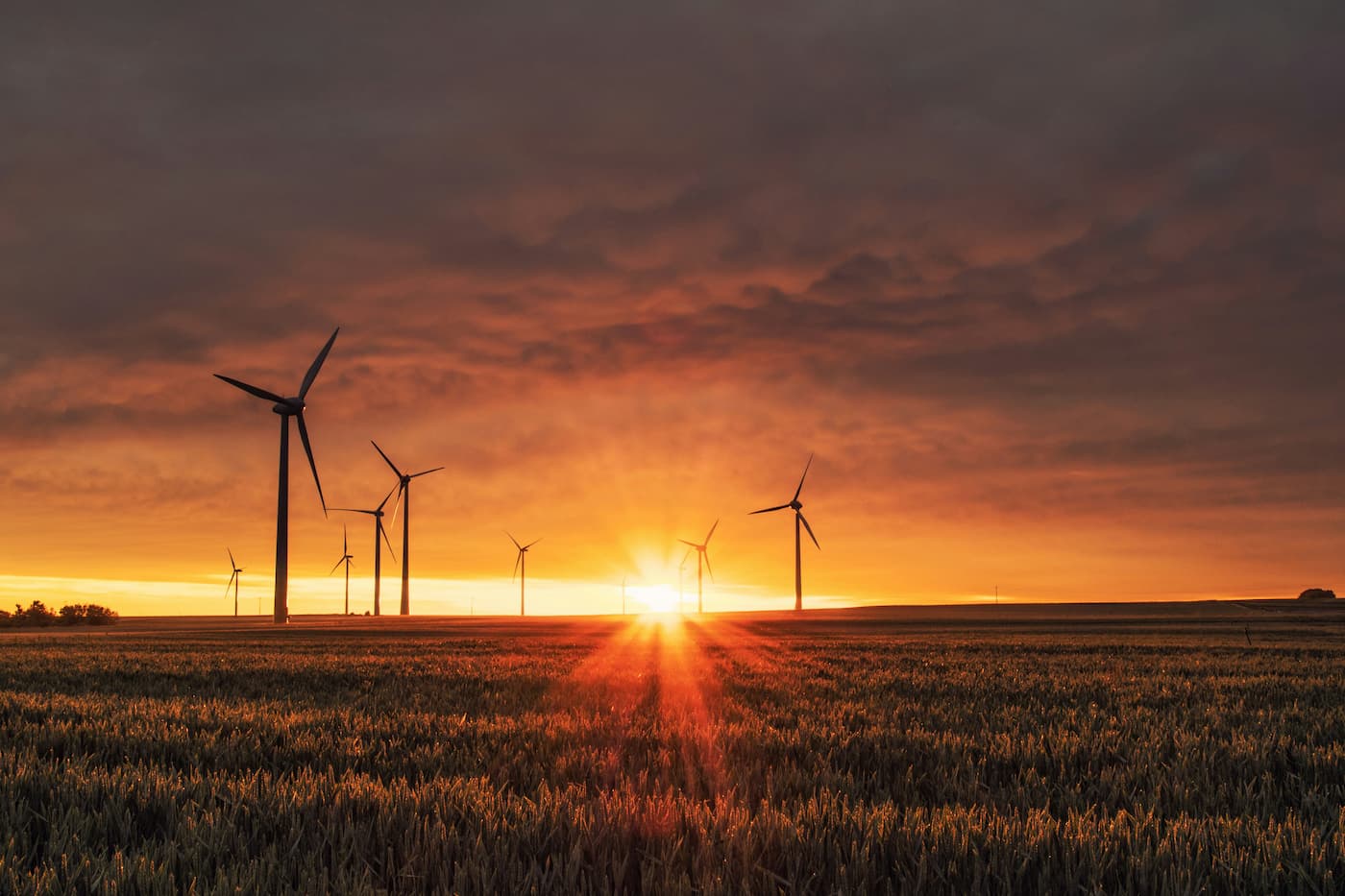
- High Country Conservation
- July 23, 2024
- Ask Eartha
Dear Eartha, why are power companies building more solar and wind farms? Isn’t renewable energy more expensive than coal or natural gas?
It’s a common misconception that renewable electricity – like solar and wind farms – cost more to generate than electricity from coal and natural gas-fired power plants. And that used to be true. As recently as 2009, utility-scale solar electricity was far more expensive than any other type of energy. Wind was less expensive, but still more than coal or natural gas. But over the last fifteen years, the economics of electricity have changed dramatically. So, where do things stand now?
Levelized Cost of Energy
To compare the costs to build and operate different types of power plants, energy wonks look to a data point known as the Levelized Cost of Energy (LCOE for short). LCOE analyses commonly consider construction and financing costs, tax incentives, operational costs (like fuel), and maintenance. The result is a price per unit of energy produced.
The financial firm Lazard published its annual LCOE report last month. And renewable energy wins the math game. In fact, it is cheaper to build new utility-scale wind and solar farms than it is to construct new fossil fuel power plants. Onshore wind plus storage is also competitive with natural-gas power plants.
What’s even more impressive is that building new wind and solar facilities is cost-competitive with operating existing gas and coal-fired power plants. And when new federal subsidies are considered, renewables shine even more brightly – in that case, constructing new solar and wind farms is significantly less expensive than operating existing power plants. That means electricity from solar and wind is actually better for our wallets than electricity from coal and natural gas. This is not an environmental argument; it’s strictly economics.
A quick note regarding federal subsidies: Both the renewable and fossil fuel energy industries receive government support. Indeed, the fossil fuel industry received about $14 billion in federal tax breaks in 2022.
Community Impacts of the Clean Energy Transition
It’s one thing to talk abstractly about energy costs, but how does the clean energy transition impact communities with existing coal-fired power plants, which are slated to be the first to close? Places like Pueblo, Craig, and Hayden – communities where jobs and property taxes are on the line – are actively working to figure this out.
This is where Colorado’s Office of Just Transition (OJT) comes in. Established in 2019, OJT’s mission is to help coal workers “transition to new, high-quality, jobs, to help communities continue to thrive by expanding and attracting diverse businesses, and to replace lost revenues.” The first Office of Just Transition in the country, OJT provides services like financial and retirement planning, career coaching, tuition, education, and training for new careers. In addition, the utilities that own coal facilities in Colorado, like Tri-State Generation and Transmission and Xcel Energy, have pledged millions of dollars in community support to help offset the costs of plant closures.
Growing Green Jobs…and More
With the closure of coal-fired power plants, Colorado stands to lose about 2,600 jobs. Yet, as these traditional jobs are disappearing from the economy, career opportunities in clean energy are growing rapidly. In 2023, Colorado added 2,700 new clean energy jobs. And nearly 64,000 Coloradans work in the clean energy industry. In fact, Colorado ranks sixth in the country for wind and solar jobs.
Equally exciting, renewable energy technologies can be paired with other sectors, like agriculture. For example, wind turbines require little land, meaning farmers can plant crops and graze animals around them. Plus, farmers earn extra income from leasing their land to renewable energy developers. Research from the University of Iowa has also found that siting wind turbines in agricultural fields actually creates beneficial growing environments. Similarly, research is being done on the benefits of siting solar and agricultural production on the same land. Worried about wildlife impacts? Studies show that fossil fuel power plants are responsible for millions more bird deaths than wind turbines.
Sunshine on a Cloudy Day?
It’s true that the sun doesn’t always shine, and the wind doesn’t always blow. Some electricity generated by fossil fuels will still be used until battery storage is more widespread. But a new energy future is rapidly approaching, and it’s cleaner, more equitable, and affordable for all.
Ask Eartha Steward is written by the staff at the High Country Conservation Center, a nonprofit dedicated to waste reduction and resource conservation. Submit questions to Eartha at info@highcountryconservation.org.
